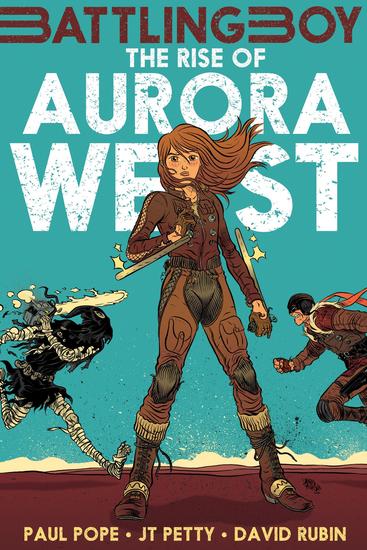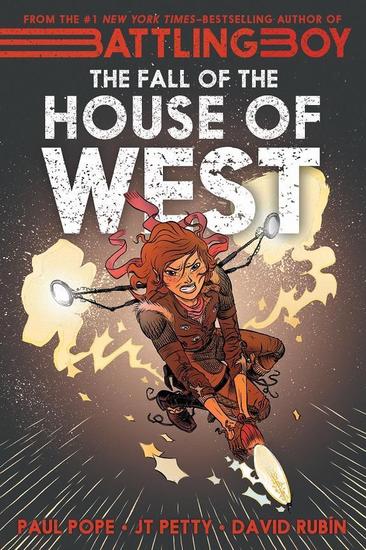May 2016 Nightmare Magazine Now on Sale
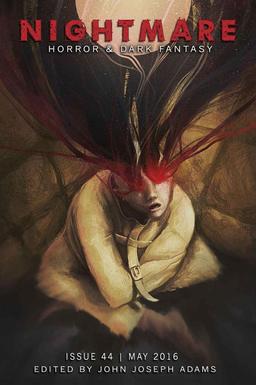 The contents of the May issue of online magazine Nightmare are now fully available at the magazine’s wesbite. This issue contains original short stories from Adam-Troy Castro and Lisa Goldstein, and reprints from Joe Hill and Sarah Langan.
The contents of the May issue of online magazine Nightmare are now fully available at the magazine’s wesbite. This issue contains original short stories from Adam-Troy Castro and Lisa Goldstein, and reprints from Joe Hill and Sarah Langan.
Original Stories
“The Old Horror Writer” by Adam-Troy Castro
He’s harder to find than most. I have the basis for comparison because I’ve gotten to all of them sooner or later, from the big names to the obscurities. There are some who give up so thoroughly, and disappear so completely, that it’s as if they never existed at all. This guy’s far from the worst. He’s an old man now, twenty years removed from his last novel and ten from his last short story; he’s no longer a member of HWA or SFWA, and the agency that used to handle his interests now has him in their estate file.“Sawing” by Lisa Goldstein
Clarissa watched from the wings as the Great Bertoldi sawed a woman in half. Down went the saw through the coffin-like box, then up, then down again. A cigarette burned at the side of his mouth, on the edge of his smile. The saw broke through the box. He put it down and slid metal plates between the two halves, then rolled the sections apart. The woman’s head poked out from the end of one of the sections, feet from the other.

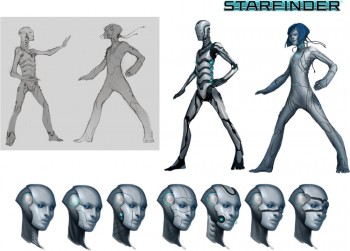

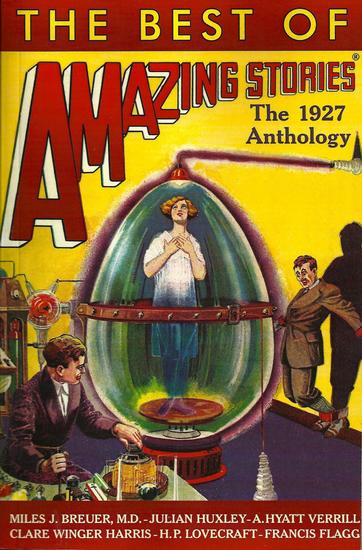
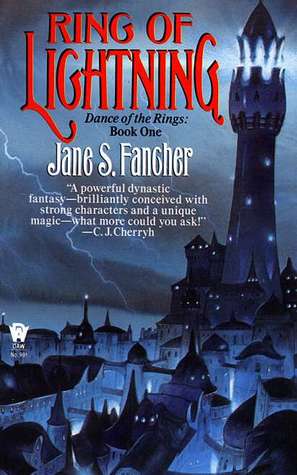
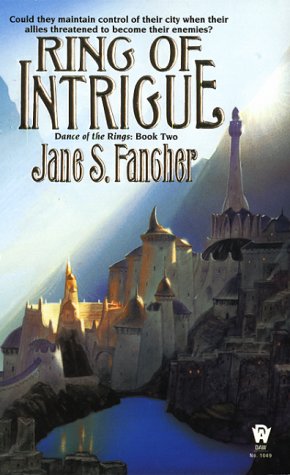
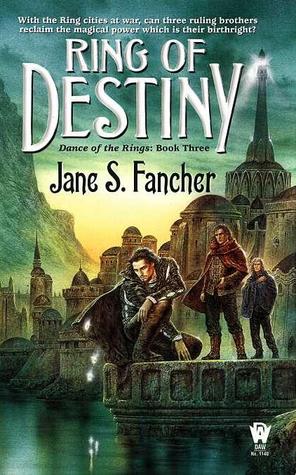
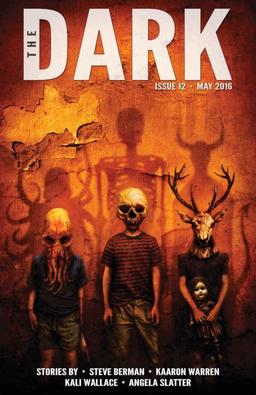

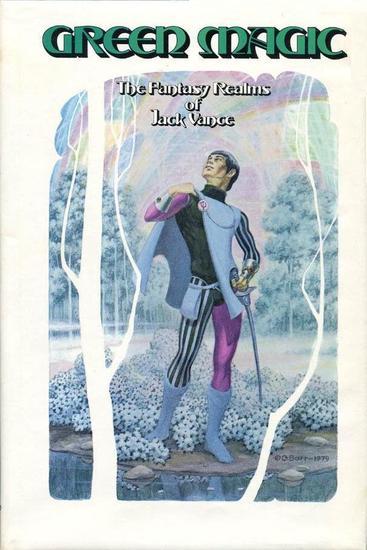
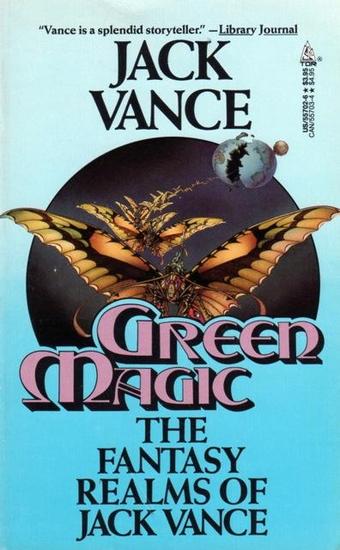
 Walt Simonson’s published eight issues so far of his ongoing comics series Ragnarök, along with a trade paperback collecting issues 1 through 6. Simonson, a veteran master of the comics form, is joined for the book by colorist Laura Martin and letterer John Workman. Edited by Scott Dunbier, Ragnarök’s published through IDW, and Chris Mowry’s credited with “production” on the first seven issues while Neil Uyetake gets the production credit on the eighth. What is Ragnarök beyond that? A fast-paced, adventurous saga. A grim playing-about with Norse myth. A super-hero high fantasy that nods to the past while telling a new and distinctive tale. And: a comic as exuberant as it is well-crafted.
Walt Simonson’s published eight issues so far of his ongoing comics series Ragnarök, along with a trade paperback collecting issues 1 through 6. Simonson, a veteran master of the comics form, is joined for the book by colorist Laura Martin and letterer John Workman. Edited by Scott Dunbier, Ragnarök’s published through IDW, and Chris Mowry’s credited with “production” on the first seven issues while Neil Uyetake gets the production credit on the eighth. What is Ragnarök beyond that? A fast-paced, adventurous saga. A grim playing-about with Norse myth. A super-hero high fantasy that nods to the past while telling a new and distinctive tale. And: a comic as exuberant as it is well-crafted.